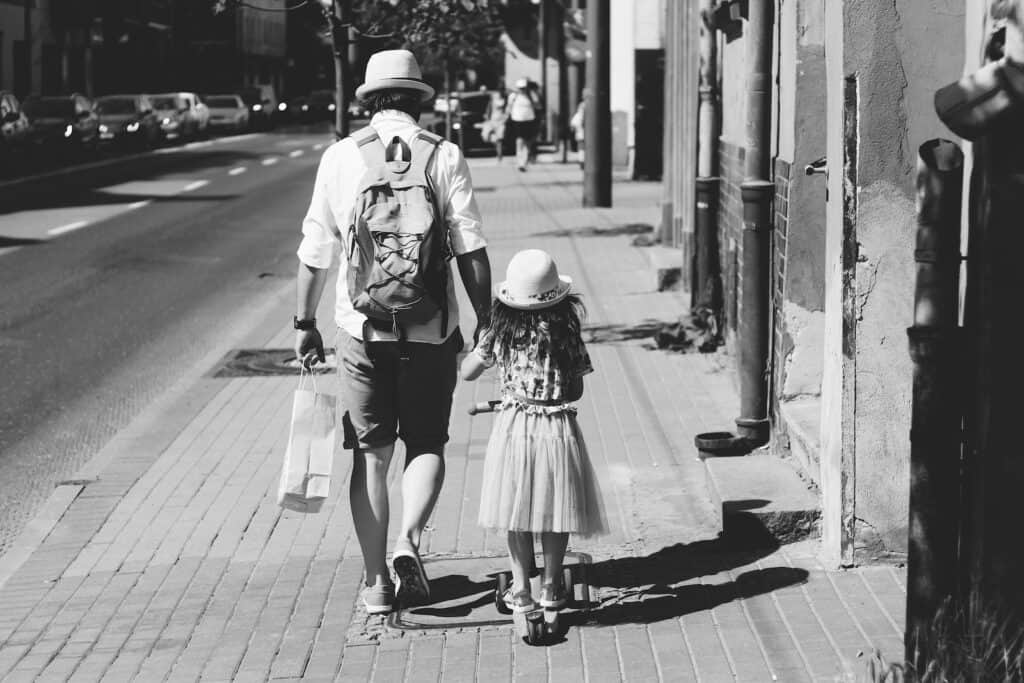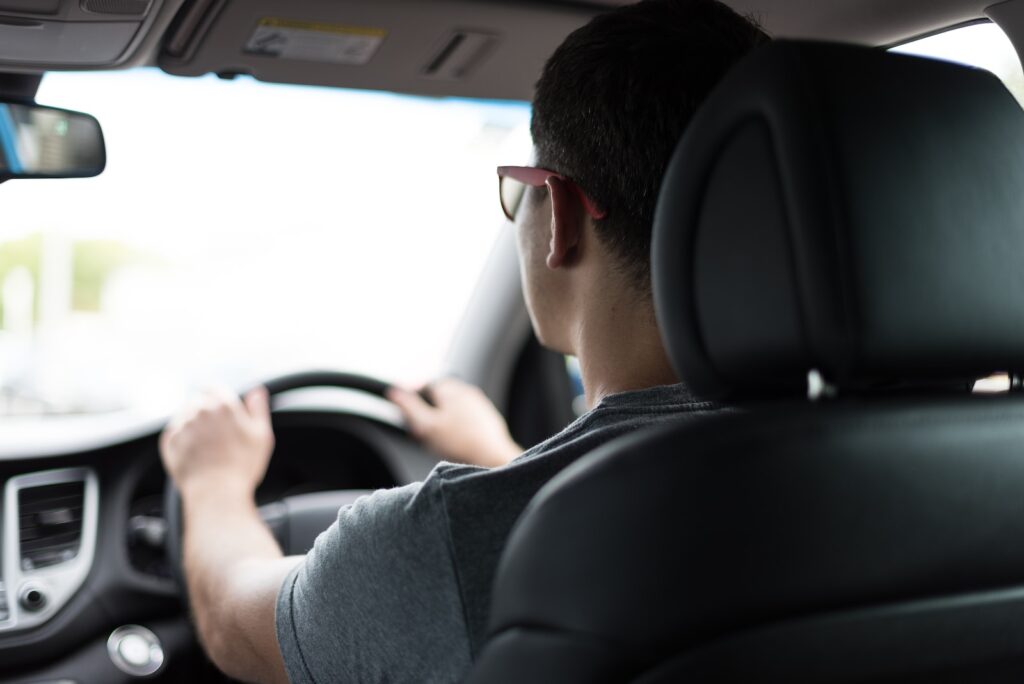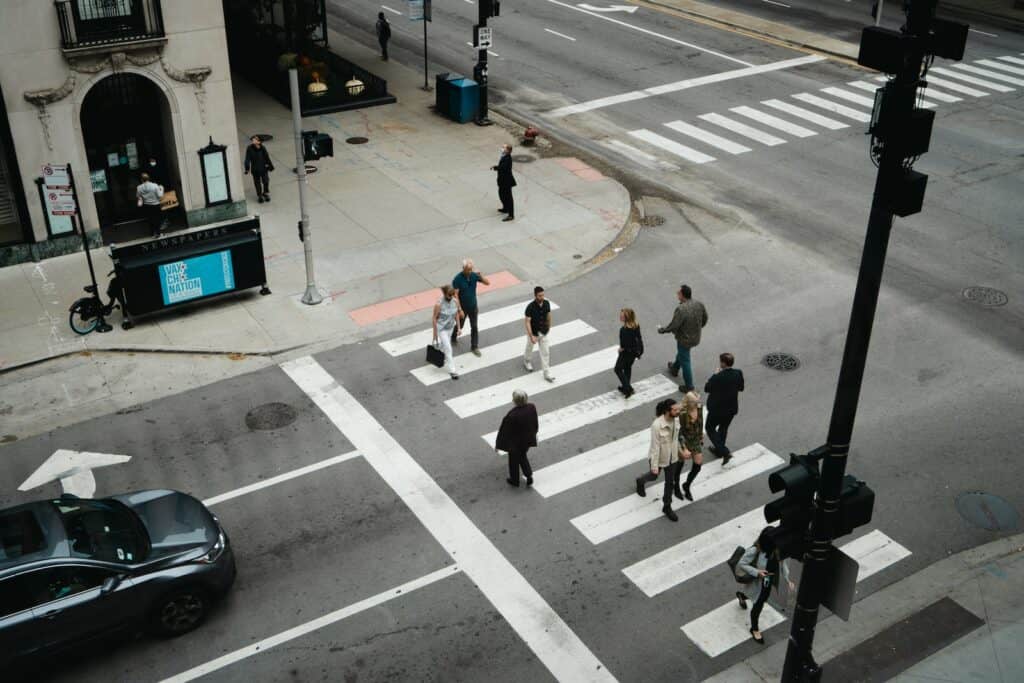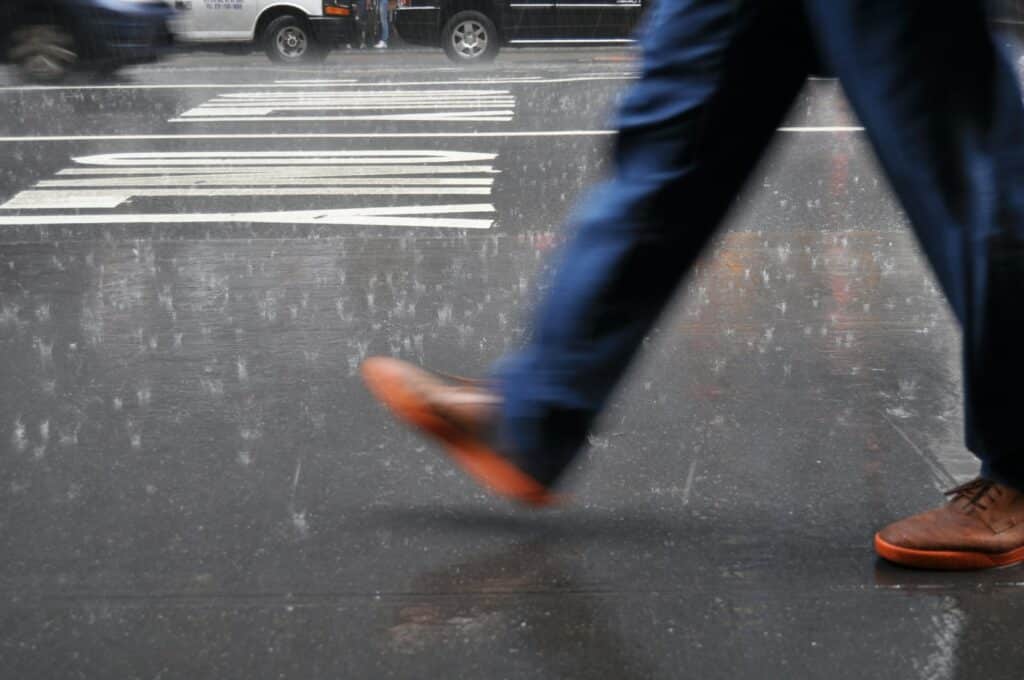Crossing the street safely is only one aspect of your walking safety, you also need to educate yourself about other techniques that will help you confidently navigate your everyday commute. We go deeply into the topic of walking safety in this article, giving you safety tips for walking alone and techniques that will improve your daily walking commute.
Table of Contents
1 . Stay Visible and Vigilant
Being visible and observant is your first line of defense when it comes to walking safety as a pedestrian throughout your commute. Consider your visibility to be a beacon that alerts others on the road to your existence. Wear brightly colored clothing and, if possible, reflective accessories, especially at dawn, dusk, and when walking at night. These easy options increase your chances of being recognized by drivers, lowering the risk of an accident.
Furthermore, being vigilant goes hand in hand with being noticeable. Train yourself to be always aware of your surroundings. Examine the surroundings for potential risks such as potholes, uneven surfaces, or impediments that could cause you to trip.
2. Plan Your Route
Take a few moments to plan your route before starting your daily commute. Determine which adequately illuminated routes, designated pedestrian crossings, and sidewalks to use. This proactive approach to route planning not only enhances your safety but also reduces the likelihood of unforeseen detours or accidents involving cars.
Use mapping apps or online tools to find the best pedestrian-friendly paths to your destination.
Consider the overall safety of the region you’ll be walking through as well. Familiarize yourself with any potentially high-traffic or dimly lit areas, and discover alternate routes that give a safer approach if possible. You will have the confidence to conduct your travel smoothly if you have a clear itinerary in mind.
3. Embrace Defensive Walking

Defensive walking is an important practice that allows you to anticipate and successfully respond to potential hazards. Consider yourself a proactive participant in traffic, rather than a passive pedestrian. Assume that drivers may not see you even when they should. Make eye contact with drivers at junctions to ensure that they are aware of your presence before proceeding to cross the street. This minor activity can drastically lessen the likelihood of miscommunication and unexpected vehicle movements.
When walking in areas where vehicles are present, keep a safe distance from the curb or roadway. This adds a buffer zone between you and passing vehicles, giving you more time to respond if one deviates from its path. Also, be cautious around parked autos. Drivers’ doors may unexpectedly open into your path, providing a collision risk.
By practicing defensive walking, you will not only improve your personal safety but also contribute to the peaceful coexistence of pedestrians and automobiles.
4. Walk Against Traffic Flow
Walking against traffic is a proactive choice that improves your safety greatly. When you walk with your back to oncoming traffic, you enjoy numerous benefits. For instance, you can see vehicles approaching you, giving you more time to react if one shifts or gets too close. This awareness is especially important on highways without designated sidewalks, where keeping a safe distance from vehicles is critical.
5. Walk in Groups Whenever Possible
Walking in groups increases your visibility and personal safety when commuting. The saying “safety in numbers” is true because prospective dangers are less likely to approach a crowd. If possible, plan to walk with friends, coworkers, or fellow commuters that are heading to the same places as you are. This way, you will enhance your walking safety.
Walking in a group not only reduces hazards, but also develops a sense of community and support. It’s an opportunity to talk, exchange experiences, and unite around the common aim of a safe commute.
Check out all walking safety tips from the United States Department of Transportation here.
Looking for Bike Safety Tips?
If you are more of a bicycle commuter, don’t miss our 10 Expert Bike Commuting Tips for Beginners: Unlock Safety and Efficiency on Two Wheels.








